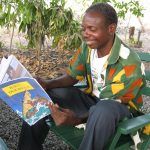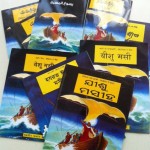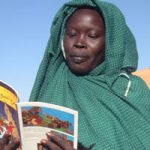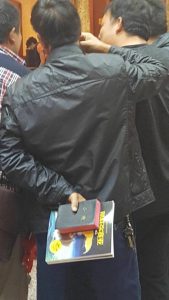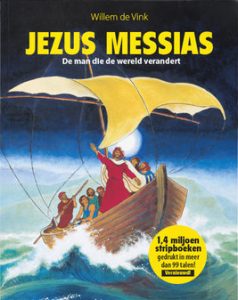Picture Story Book in more than 100 languages
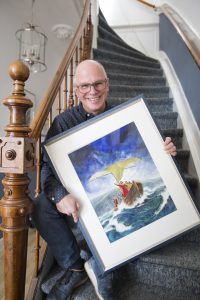 Wycliffe News Network, 2016 – When Willem was an adult everything came together. He discovered that what he really wanted to do was make a picture story book about the life of Jesus. “This was my dream, my vision, and I love Jesus,” he shares. “I wanted people to get to know my Jesus, my hero.” Right now his book Jesus Messiah is spread in more than 100 languages around the world. (Look here for all the comic books.)
Wycliffe News Network, 2016 – When Willem was an adult everything came together. He discovered that what he really wanted to do was make a picture story book about the life of Jesus. “This was my dream, my vision, and I love Jesus,” he shares. “I wanted people to get to know my Jesus, my hero.” Right now his book Jesus Messiah is spread in more than 100 languages around the world. (Look here for all the comic books.)
The young Willem de Vink was “an annoying rascal,” by his own admission, and spent most of his free time roaming the streets. He grew up in Utrecht, the Netherlands, in a turbulent household that sparked years of bad behaviour.
“My parents often quarrelled and fought with each other. Within the family, there were many feelings of guilt, shame and condemnation. As a child I took these tensions with me out to school and the street,” says Willem. He recalls playing tricks on his school teachers, and one of them telling him, “You make my blood boil.”
At the age of nine, he was involved in a car accident and was in a coma for several days. When he came home, he was bed-bound. And that’s when he started drawing.
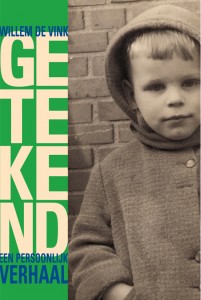 Finding Jesus while Drawing
Finding Jesus while DrawingWillem began creating illustrated story booklets, and played ‘publisher’ under the name ‘De Vink’. His stories were fantastical, exciting, full of adventure – and they were all about Jesus. Willem admired Jesus, who filled the gap left by his father when his parents divorced. Jesus was the person he could talk to, who stood by him through trouble. Jesus had held him and taught him to give condemnation no place in life. Jesus was the one who helped the young Willem to love himself and start loving others.
As Willem experienced more of God’s grace and healing, the themes came out more strongly in his cartoons.
Because of this, Willem was drawn to become a missionary and a journalist. He used to tell people he wanted to become a journalist, because “this was the only word to describe what I wanted to become, which I knew as a child”.
At school, he spoke frankly about Jesus with his friends. As a teenager, Willem travelled with his mother to Wycliffe UK’s training centre in England. He observed some of the linguistics and translation courses that were in session. It sparked an interest in languages and the idea of sharing God’s word in other cultures.
When Willem was an adult everything came together after he started to work for an advertisement agency. He discovered that what he really wanted to do was make a comic about the life of Jesus. However, publishers weren’t interested, and there were no available funds. Willem quit his job and started working on his idea anyway.
(Willem wrote an autobiography in Dutch, ‘Getekend’)
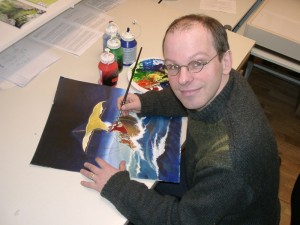 Developing the Picture Story Book
Developing the Picture Story Book
“This was my dream, my vision, and I love Jesus,” he shares. “I wanted people to get to know my Jesus, my hero.” Willem wanted his project to be distributed all over the world in as many languages as possible – and he spent a year and a half developing the comic.
But it was a complicated business. Wycliffe staff pointed Willem towards several problems he might encounter. While drawings and pictures communicate more universally than written words, those who are unfamiliar with cartoons may not immediately understand them. Certain effects and close-ups need to be avoided. If you draw a head, for instance, readers not familiar with printed pictures and drawings will think the head has been cut off.
Willem also had to pay close attention to certain cultural habits in crafting his drawings, like eating with one’s right hand. This is a custom in many countries with large Hindu communities; the right hand is used for clean activities such as eating and shaking hands, while the left hand is used for cleaning yourself.
He chose a darker skin colour for Jesus because dark skin tones are common in many countries, and presented his hero as “a tough guy… because you have to keep up with him for 64 pages”. He chose not to deal artistically with the too many historical or distractive details, to keep things as simple as possible and keep Jesus at the heart of the story.
Colour is also a strong feature of Willem’s comic. Red refers to the blood Jesus shed, and Jesus stands out as the only person linked with the colour. After the resurrection, Jesus’ mantle is symbolically coloured white. And colour develops within the story. The first part is mostly in blue and green. As the tension rises, the colour changes to orange and red, and then becomes dark and brooding during the crucifixion.
Further cultural changes were made afterwards, too, to eliminate elements that could distract some readers from the main message of the story. In some drawings, you could see Jesus’ knee so Willem drew his clothing longer for Muslim readers. Crumbs that had fallen from the table during the breaking of bread were erased for Catholic readers, who believe nothing should be left over after the Eucharist.
It was a marathon effort. Finally, in 1993, with the help of Wycliffe Netherlands – and through the Universal Language Foundation that Willem founded with his wife Marian – the comic was published. Later, 20 Bible lessons were added to the book and six years after the Dutch publication teams began to translate it into local languages.
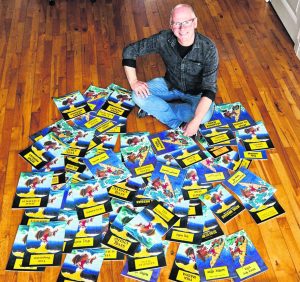 “He speaks our language!”
“He speaks our language!”
Today, the picture story book Jesus Messiah is in more than 100 languages and is available to any language community anywhere in the world that wants to translate and use it. In many countries, it’s used as a literacy tool. In others, it is a tool for church planting. Recently, someone in Sudan wrote to tell Willem they had grasped the gospel message for the first time through the comic and said, “Now, Jesus has become one of us, because he speaks our language.”
Willem, who calls himself a speaker, writer and cartoonist, is humble about his achievements. As he describes it, “I love Jesus, and I can draw. So I made a comic book about Jesus.”
He shares that John 15:8 has always been meaningful to him. It says, “My Father’s glory is shown by your bearing much fruit; and in this way you become my disciples.” (GNT)
“God begins to shine when you start to bloom and fruit begins to show,” Willem explains. “You are a unique person. …What has been laid in you will emerge somehow. Others will enjoy what you do and who you are. Some make drawings; others care about other people or become leaders of an organisation. This is God’s purpose for your life.”
And what about the comic book?
“This picture story book has actually become its own missionary,” explains Willem. “It does its work. And sometimes, I am following it.”
The book Jesus Messiah is available in English / Manderin Chinese / Arabic / Rumanian / Hebrew / Papiaments / Tigrinya / Turkish/ Albanian / Portugese / Kurmanji Kurdish / Spanish / Dutch
This story was written for the Wycliffe News Network by Geert Hoekstra.
